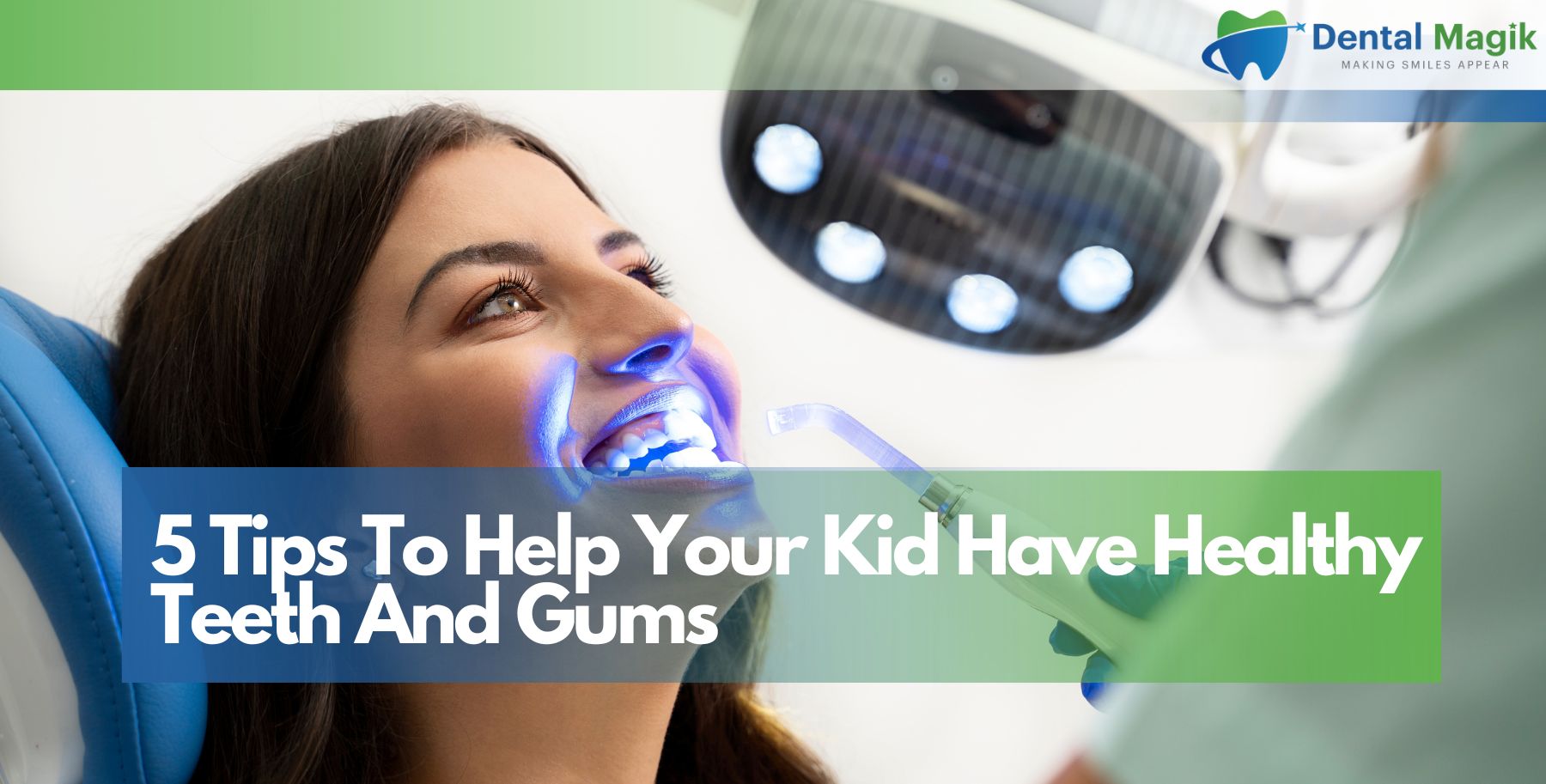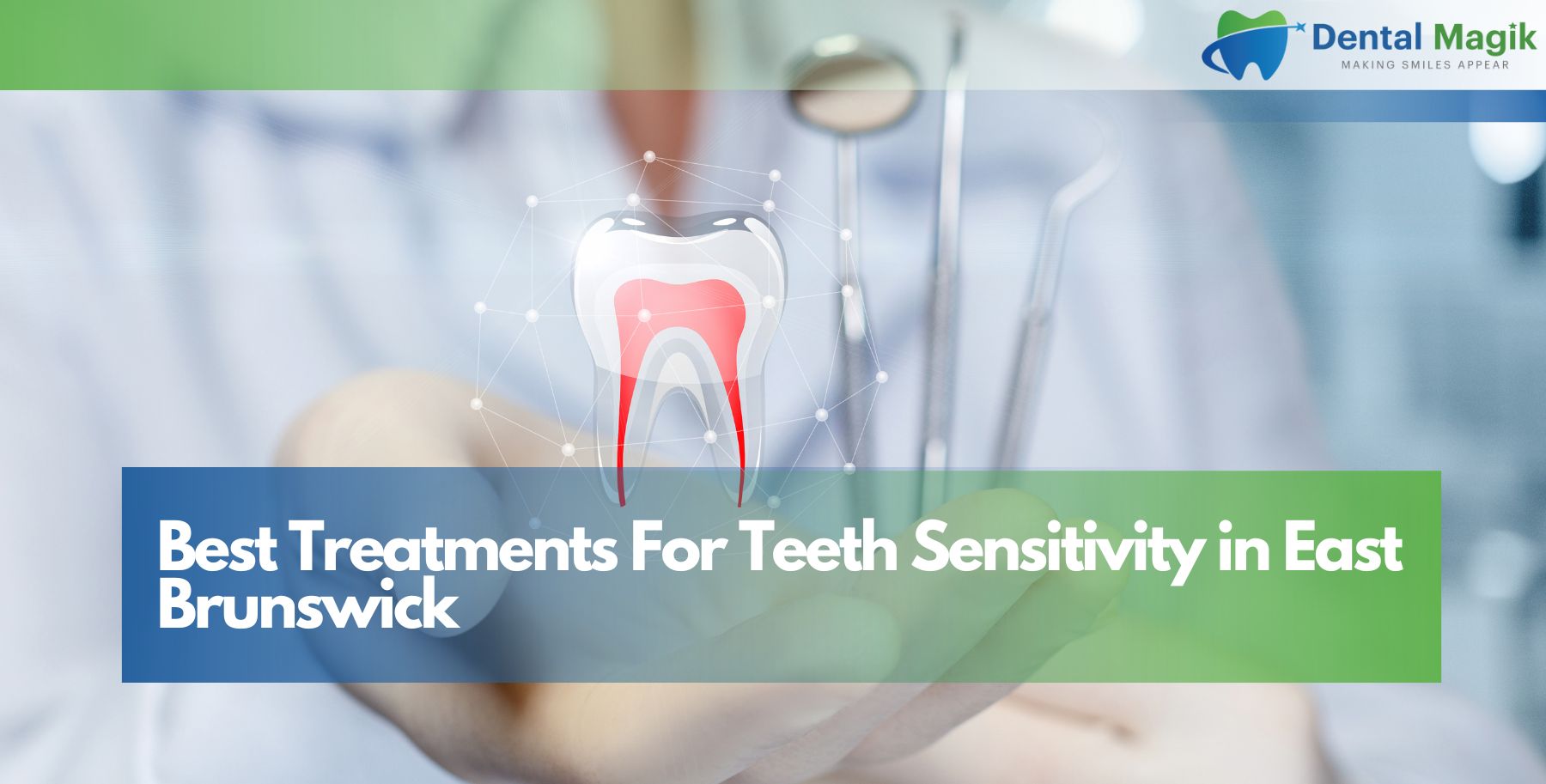Metal braces have been a popular choice for orthodontic treatment for decades. Known for their effectiveness in correcting various dental issues, these traditional braces have stood the test of time. However, as with any medical treatment, there are both advantages and disadvantages to consider before committing to them.
Introduction to Metal Braces
Metal braces are orthodontic devices used to correct misaligned teeth, bite issues, and other dental concerns. These braces consist of small metal brackets attached to the teeth, connected by a wire, and secured with rubber bands. Over time, the wire is adjusted to slowly move the teeth into a more desirable position.
While they are often associated with teenagers, metal braces can be used by individuals of all ages. Today, metal braces are still the most common orthodontic treatment, despite the availability of alternative options like ceramic braces and Invisalign aligners.
Common Dental Issues Treated with Metal Braces
Metal braces are used to address a wide range of dental problems, including:
- Crooked Teeth: Misaligned teeth can be straightened using metal braces, providing a more aesthetically pleasing smile.
- Overbite and Underbite: Metal braces can help correct issues where the upper and lower jaws don’t align properly.
- Gaps Between Teeth: Braces can move teeth closer together to eliminate large gaps.
- Crossbite: This occurs when the upper and lower teeth don’t meet properly, and braces can fix the misalignment.
- Open Bite: When the teeth don’t come together in a biting position, metal braces can help address this issue.
Advantages of Metal Braces
While metal braces might not be the most aesthetically appealing option, they offer numerous advantages that make them an excellent choice for many patients.
Highly Effective for Complex Issues
Metal braces are the most reliable option for treating severe or complex orthodontic issues. They are designed to handle a wide range of dental misalignments, including serious bite problems that other types of braces might struggle to address. Whether you have severe crowding, large gaps, or jaw alignment issues, metal braces are known for their effectiveness in moving teeth into their proper positions.
Affordable Option
When compared to newer orthodontic treatments like clear aligners or ceramic braces, metal braces are often the more budget-friendly choice. They tend to be less expensive due to the materials used and the simplicity of the design. Additionally, many dental insurance plans cover the cost of metal braces, making them more accessible to a wider range of patients.
Durable and Long-Lasting
One of the primary benefits of metal braces is their durability. The metal components used in these braces are built to last, making them a great choice for individuals who need long-term orthodontic treatment. Unlike clear aligners, which can be damaged or lost easily, metal braces remain in place throughout the entire treatment period.
Effective for All Ages
Although they are often associated with teenagers, metal braces can be used by individuals of any age. In fact, many adults are now opting for traditional metal braces to correct their dental issues. The versatility of metal braces makes them a great option for patients of all ages, from young children to older adults.
Wide Availability and Accessibility
Metal braces are widely available at most orthodontic offices, making it easy to find a dentist or orthodontist who offers them. They are a standard treatment option and are widely trusted for their effectiveness. As a result, patients don’t have to worry about finding specialized orthodontists or waiting long periods for treatment to begin.
Quick Treatment Time for Most Cases
In many cases, metal braces provide relatively quick results compared to other orthodontic treatments. While the overall duration of treatment depends on the severity of the dental issues, metal braces can often achieve results more rapidly than alternatives, making them ideal for individuals who want to correct their dental issues efficiently.
High Precision and Control
With metal braces, your orthodontist has a high level of control and precision when adjusting your treatment. The metal brackets and wires allow for precise movement of the teeth, which is essential for achieving optimal results. This level of control can help reduce the need for additional treatments or corrections later on.
Disadvantages of Metal Braces
Despite their many advantages, metal braces also come with several downsides that patients should consider before making a decision. Let’s take a look at some of the most common disadvantages.
Aesthetic Concerns
One of the biggest drawbacks of metal braces is their appearance. The metal brackets and wires are visible on the teeth, which can cause some individuals to feel self-conscious, especially teenagers and adults. While this is less of an issue for some, others may prefer more discreet options like clear aligners or ceramic braces.
Discomfort and Pain
Metal braces can cause discomfort, particularly after adjustments. The wires exert pressure on the teeth, which can lead to soreness and tenderness. Additionally, the brackets can irritate the inside of the mouth, leading to mouth sores. Although over-the-counter pain relievers and orthodontic wax can help alleviate discomfort, it is a common issue during the initial stages of treatment and after adjustments.
Maintenance and Oral Hygiene Challenges
Maintaining good oral hygiene with metal braces can be more challenging than with other orthodontic options. The brackets and wires create additional areas where food particles can get trapped, increasing the risk of plaque buildup and tooth decay. Brushing and flossing around the braces require more time and effort, and patients may need to use special tools like interdental brushes or floss threaders to clean their teeth effectively.
Dietary Restrictions
While wearing metal braces, certain foods should be avoided to prevent damage to the braces. Hard, sticky, or chewy foods can cause the brackets and wires to break or become misaligned. This means that patients will need to avoid foods like popcorn, gum, caramel, and hard candies, which can be inconvenient for some people.
Longer Treatment Duration
Although metal braces can deliver quick results in some cases, the overall treatment time for metal braces can be longer compared to clear aligners. Treatment typically lasts anywhere from 18 months to three years, depending on the complexity of the dental issues being addressed. This extended treatment time can be discouraging for some patients.
Frequent Visits to the Orthodontist
For optimal results, patients with metal braces will need to visit their orthodontist regularly for adjustments. These visits are typically scheduled every 4-6 weeks to ensure that the braces are gradually shifting the teeth into the correct position. While these visits are important, they can be time-consuming and may be inconvenient for individuals with busy schedules.
Risk of Staining and Discoloration
The metal brackets and wires themselves do not stain, but the clear or colored elastics that hold the wires in place can become discolored over time, especially if the patient consumes staining foods or beverages like coffee, tea, or curry. This can affect the overall appearance of the braces, making them less aesthetically pleasing.
Alternatives to Metal Braces
While metal braces are a popular choice, they are not the only option available for orthodontic treatment. There are several alternatives that may be a better fit for some patients. Let’s take a quick look at some of the most common alternatives to metal braces.
Ceramic Braces
Ceramic braces are similar to metal braces but are made of clear or tooth-colored materials, making them less noticeable. They work in much the same way as traditional metal braces but are a more discreet option for individuals concerned about the appearance of their braces.
Invisalign
Invisalign is a popular alternative to traditional braces, especially for individuals who want a nearly invisible option. Invisalign uses a series of custom-made, clear aligners to gradually move the teeth into place. These aligners are removable, making it easier to eat, drink, and maintain oral hygiene.
Lingual Braces
Lingual braces are similar to metal braces, but they are placed on the back of the teeth, making them virtually invisible from the outside. While they are less noticeable than traditional metal braces, they can be more difficult to clean and may cause more irritation to the tongue.
ClearCorrect
ClearCorrect is another clear aligner system similar to Invisalign. It uses transparent plastic aligners to gradually shift the teeth into alignment. Like Invisalign, ClearCorrect aligners are removable, making them a convenient option for many patients.
Conclusion
Metal braces continue to be a reliable and effective choice for orthodontic treatment, especially for patients with complex dental issues. While they do have some drawbacks, such as aesthetic concerns and the need for regular adjustments, their affordability, durability, and effectiveness make them a solid choice for many patients. If you’re considering metal braces or any other orthodontic treatment, it’s important to consult with a skilled orthodontist who can assess your needs and recommend the best option for you.
If you’re looking for a trusted Dentist in East Brunswick, NJ, Dental Magik is here to help. Our team of experienced professionals will work with you to create a personalized treatment plan that meets your dental goals. Whether you need metal braces or an alternative option, we’re dedicated to providing the highest quality care for your smile.
FAQs
How long do I need to wear metal braces?
The average treatment time for metal braces is between 18 months and 3 years. The exact duration depends on the complexity of your dental issues.
Are metal braces painful?
While metal braces can cause some discomfort, especially after adjustments, the pain is usually manageable with over-the-counter pain relievers.
Can I eat with metal braces?
You can eat with metal braces, but you should avoid hard, sticky, or chewy foods that can damage the brackets and wires.
How do I clean my teeth with metal braces?
Maintaining good oral hygiene with metal braces requires extra effort. You should brush and floss carefully, using special tools like interdental brushes to clean around the braces.
Are there any alternatives to metal braces?
Yes, there are several alternatives to metal braces, including ceramic braces, clear aligners like Invisalign, and lingual braces. Consult with your orthodontist to determine which option is best for you.







